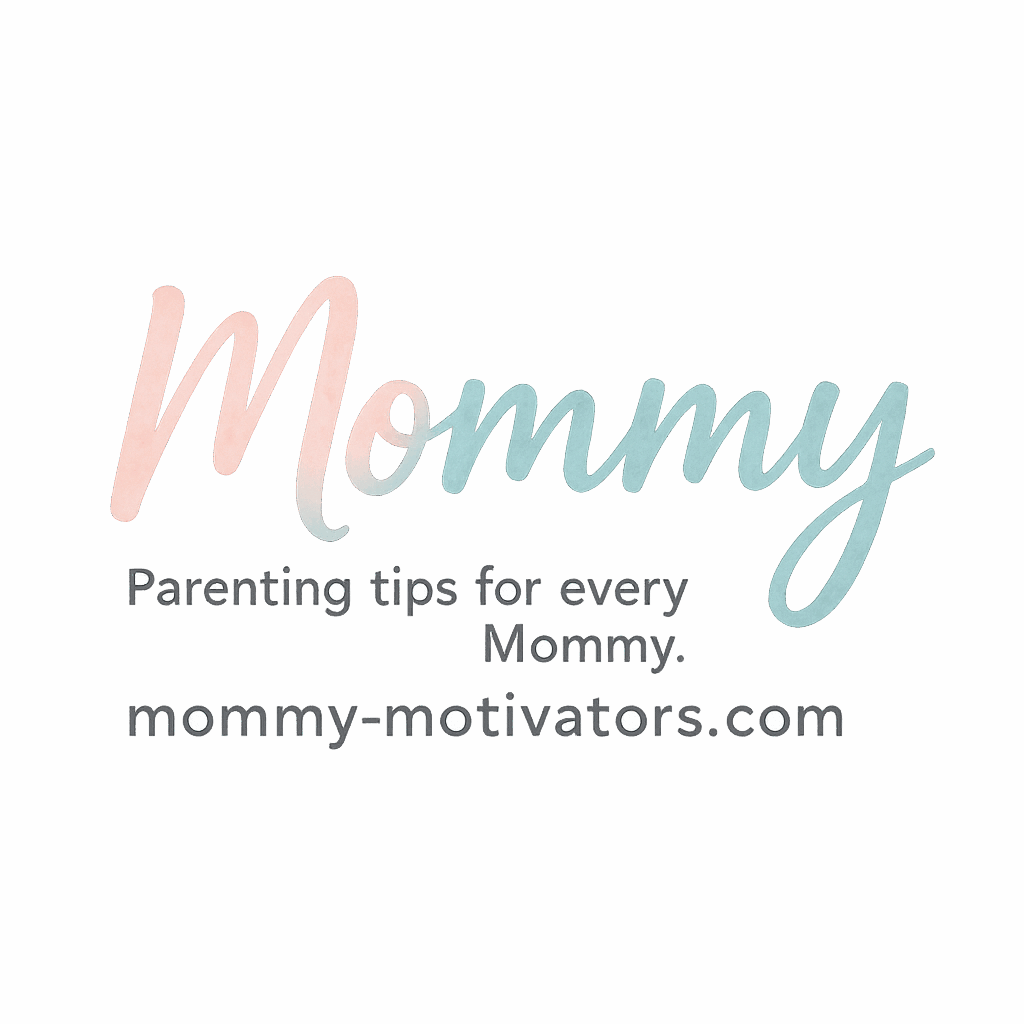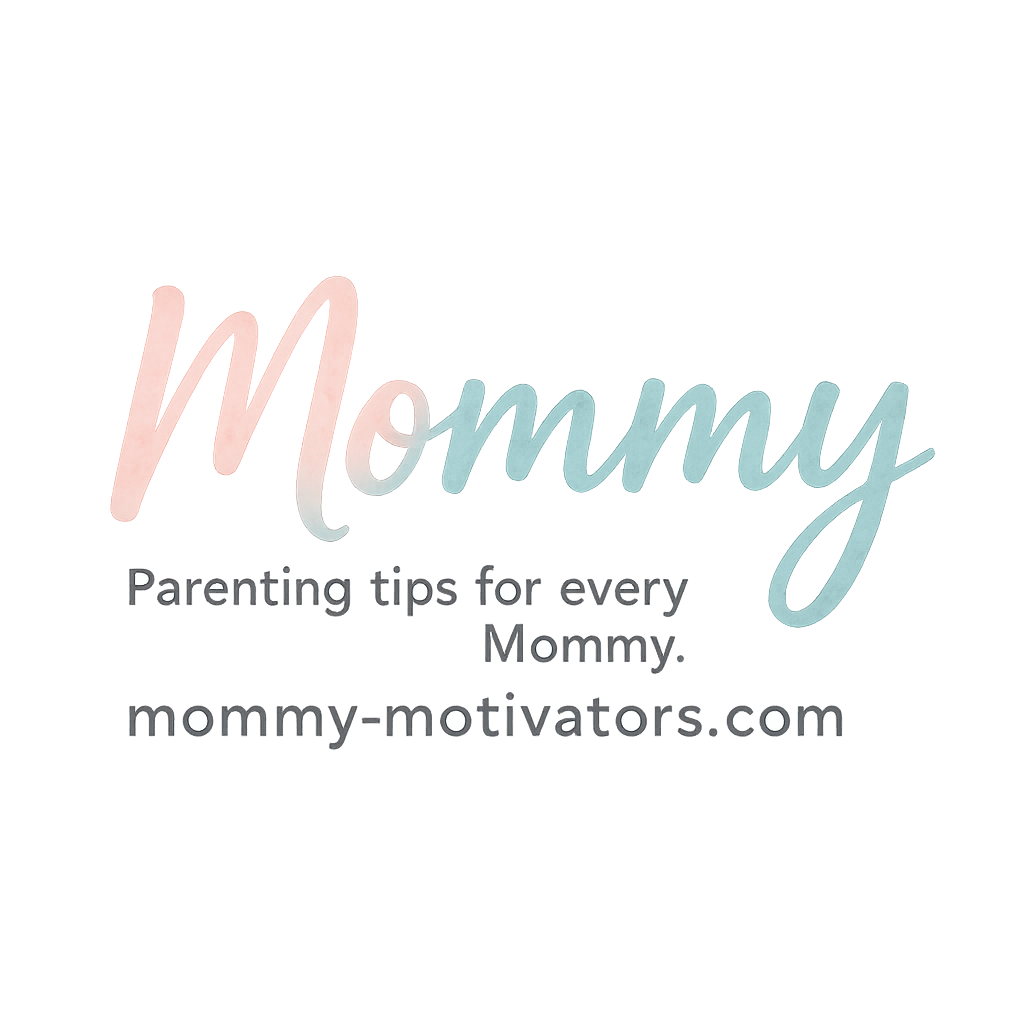6 Speech Development Activities for Mommy to Try at Home
Speech development is one of the most exciting parts of a child’s early years. From that first magical “mama” to full-blown conversations, it’s an amazing journey. But sometimes, as moms, we wonder: Am I doing enough to help my child talk?
Here’s the good news—you don’t need fancy programs or expensive classes. With a little creativity and consistency, you can make a huge impact right from your living room.
In this article, we’ll explore 6 speech development activities for mommy to try at home—all designed to be fun, simple, and effective.
Why Speech Development Matters in Early Childhood
The Critical Window for Language Learning
From birth to age five, a child’s brain is like a sponge. This is the prime time for language development. The more words your child hears and practices, the better their language skills will grow.
Common Delays and What to Watch For
It’s normal for kids to develop at different rates. However, if your toddler isn’t using simple words by 18 months or combining two words by age two, it might be time to check in with a specialist. You can find helpful milestones and behavior tips on Mommy Motivators.
How Moms Can Support Speech at Home
Your Role in Everyday Conversations
You are your child’s first teacher. Even simple things like narrating your actions—“Mommy is washing the dishes”—can provide valuable language exposure.
Making Talking Fun, Not Forced
Kids learn best when they’re engaged. Avoid drilling or correcting constantly. Instead, model correct speech gently and celebrate attempts.
Activity 1: Read Aloud Together Daily
Reading is hands down the best way to promote speech.
Best Books for Early Speech Development
Books for Ages 0-2
- Goodnight Moon
- Brown Bear, Brown Bear
- Dear Zoo
Books for Ages 2-4
- The Very Hungry Caterpillar
- Where’s Spot?
- Don’t Let the Pigeon Drive the Bus!
Check out more book-related ideas at Mommy Motivators Books Tag.
Interactive Reading Tips for Moms
- Point to pictures and name them.
- Pause and let your child finish sentences.
- Ask simple questions: “What’s this?” or “Where’s the dog?”
Want to make it part of your daily habit? Don’t miss these routine-building ideas.

Activity 2: Use Songs and Nursery Rhymes
Why Rhythm and Melody Work Wonders
Songs naturally break words into syllables and highlight patterns. That’s like a built-in speech exercise!
Top Songs That Encourage Speech
- “Itsy Bitsy Spider”
- “Wheels on the Bus”
- “Old MacDonald Had a Farm”
Bonus: Kids love repetition, which is great for learning.
Activity 3: Try Mirror Talk and Face-to-Face Play
Babies Mimic What They See
Children learn by watching your lips and expressions. So face-to-face time is gold.
How to Use Mirrors for Engagement
Sit together in front of a mirror and:
- Make silly faces.
- Practice mouth movements.
- Try saying simple words like “mama” or “ball” while pointing to yourself.
Activity 4: Labeling Everything Around the House
Turning Your Home into a Language Lab
Talk about everything—really! “Here’s your blue cup. Let’s put on your soft socks.”
Simple Tips for Daily Labeling
- Use sticky notes to label common items.
- Repeat item names often.
- Use action words like “open,” “eat,” and “play.”
This method builds vocabulary fast and encourages curiosity—perfect for little ones starting to explore.
Activity 5: Use Pretend Play to Build Vocabulary
How Imagination Builds Communication Skills
Pretend play invites kids to use language. Whether they’re a chef, firefighter, or vet, they’re also a storyteller!
Pretend Play Ideas and Props
- Toy kitchen sets
- Doctor kits
- Stuffed animals for role play
Narrate what you’re doing during play, and encourage your child to name things too.
Visit the Learning & Development section on Mommy Motivators for more activities like this.
Activity 6: Encourage Storytelling with Picture Cards
Sequencing and Story Creation for Toddlers
Story cards help kids link events and practice sentence structure. They can describe what’s happening and guess what comes next.
Where to Find or Make Picture Cards
- Download free cards online.
- Use magazine cutouts.
- Draw your own together!
Make storytelling a daily tradition before bed or after snack time—just five minutes goes a long way.
When to Seek Professional Help
Speech Milestones by Age
- 12 months: Uses simple words like “mama,” “dada”
- 18 months: Has a vocabulary of 10–20 words
- 24 months: Combines two words (“more juice”)
Signs That May Indicate a Delay
- No babbling by 9 months
- No words by 16 months
- No phrases by 24–30 months
You can explore more about development and behavior at Mommy Motivators’ Emotional Development Tag.
Support Resources for Moms
Online Communities and Blogs
Mommy blogs like Mommy Motivators offer not only advice but solidarity. Knowing you’re not alone matters.
Tools and Apps Worth Trying
- Speech Blubs
- Articulation Station
- Khan Academy Kids
Need self-care ideas too? This section is just for you.
Conclusion
Helping your child with speech development doesn’t mean adding stress to your day. It’s about making the most of the moments you already share—whether it’s reading a bedtime story, singing during bath time, or chatting while folding laundry.
Remember, these speech development activities for mommy to try at home are simple, effective, and full of love. With patience, consistency, and lots of praise, your little one will find their voice in no time.
And when in doubt, you’re never alone—there’s a whole community of moms cheering you on. 💛
FAQs
1. What age should I start speech activities with my baby?
Start from birth! Even newborns benefit from hearing language.
2. How many words should a 2-year-old say?
Around 50 or more words, and they should start combining two-word phrases.
3. What are the signs of a speech delay?
Lack of babbling by 9 months, no words by 16 months, or very limited vocabulary by 24 months are red flags.
4. Can too much screen time affect speech?
Yes, excessive screen time can limit face-to-face interaction, which is key for speech learning.
5. What’s the best daily routine for speech practice?
Include 10–15 minutes of reading, singing songs during routines, and narrating actions throughout the day.
6. Is bilingualism confusing for toddlers?
Nope! Kids can learn multiple languages at once—it might take them a bit longer, but it’s totally normal.
7. How do I know if I should see a speech therapist?
If your child misses major milestones or you feel concerned, it’s always okay to ask your pediatrician for a referral.


